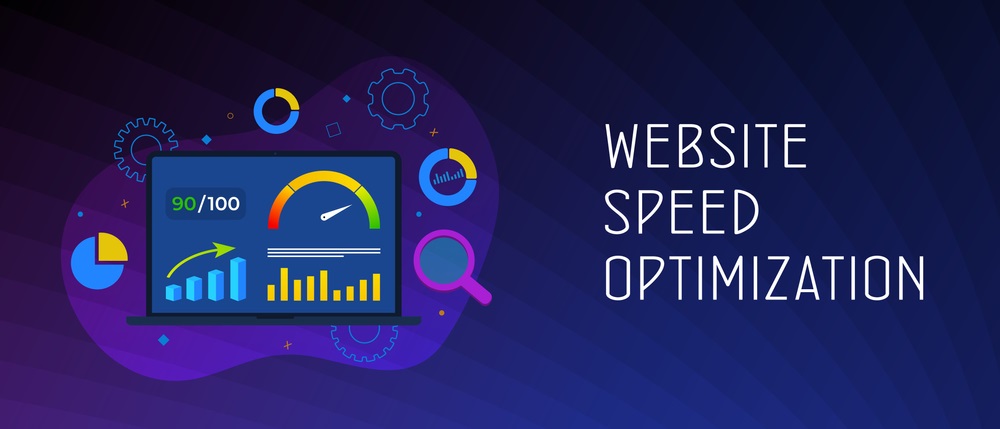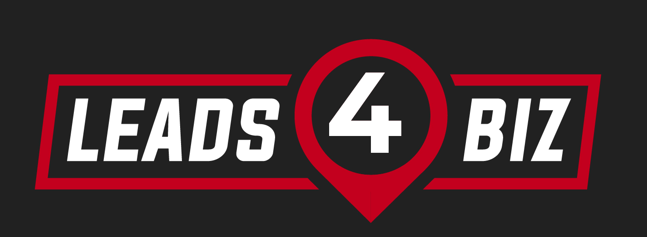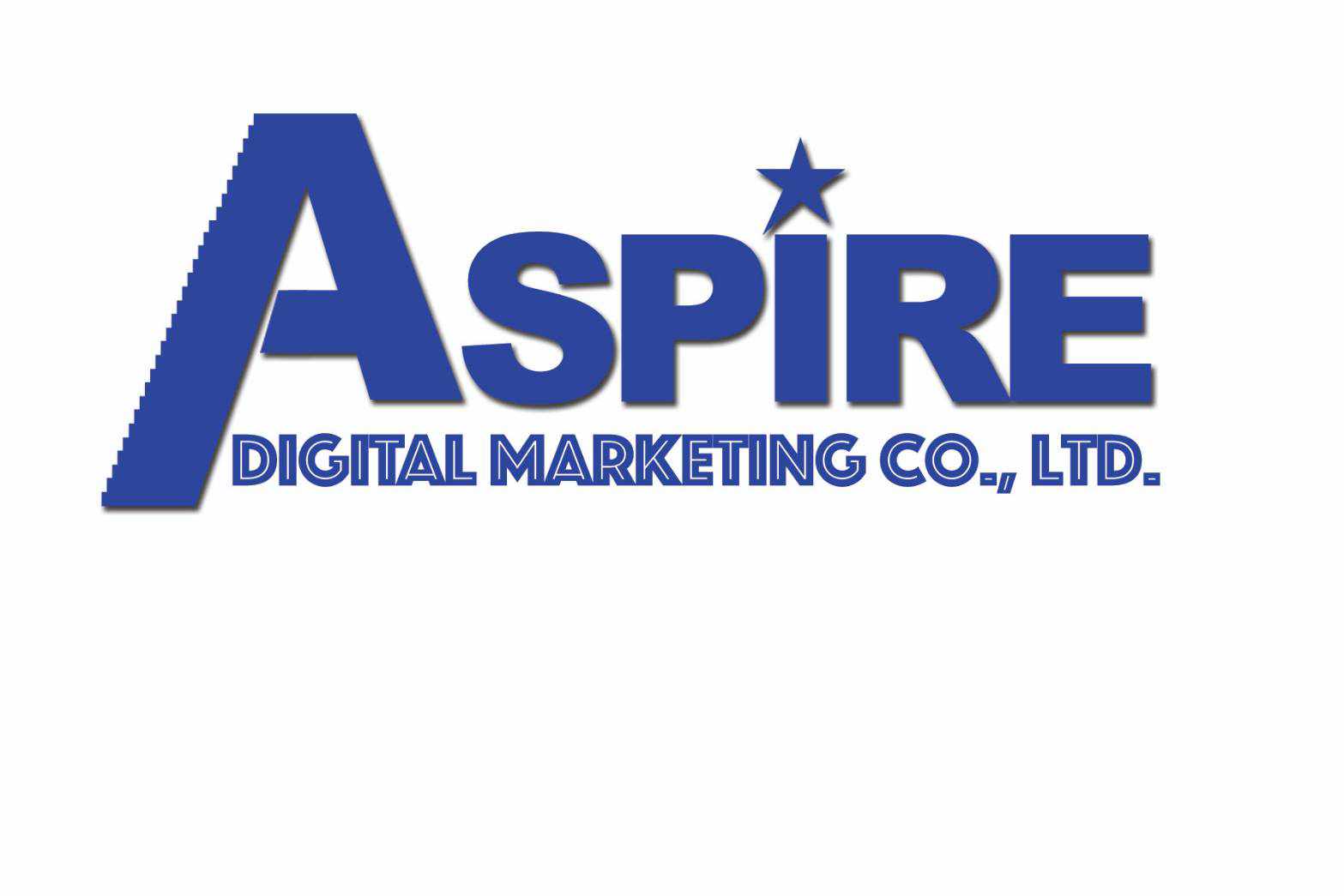Do you want to raise your website’s search engine ranks and increase organic search traffic?
Your SEO tactics are always being put to the test through experimentation in the dynamic realm of SEO, which is essential for maintaining your SERP visibility over the long run.
We’ll go over the most effective SEO tactics of 2025 in this blog post, giving you practical SEO advice and tactics to improve your website’s visibility and, eventually, increase traffic.
A Brief Synopsis
Learn how to do keyword-based research with intent for better SEO and more visibility.
To increase website conversions, make use of UX, on-page components, and search intent understanding.
To maintain top search ranks, analyze efficacy, and refine techniques, track success.
Getting the Hang of Keyword Research
SEO strategies, keywords, and optimization
A thorough grasp of user intent and research is the foundation of any successful SEO campaign.
It’s critical to become proficient in locating high-performing keywords across several search engines as well as pertinent keyword phrases and concepts. You may carefully target these keywords and phrases by conducting in-depth research. By using strategic SEO implementation, you can create content that not only engages your target audience but also ranks highly in organic search results.

It’s critical to understand how search engines use expertise, authority, and trust (EAT) to assess your material. This knowledge emphasizes how important it is to choose the proper keywords, use the right tools, and understand how search engines perceive the purpose of your on-page material. Creating this knowledge foundation is essential to creating a strong and successful SEO strategy.
The Value of Keywords
An essential part of your website’s SEO efficacy are keywords. They make it possible for search engines to comprehend your content and match it to user searches.
Particularly useful are long-tail keywords, which are lengthy, targeted phrases. They are more likely to rank well and drive more relevant visitors to different parts of your website.
The key to maximizing advanced on-page SEO is to strategically incorporate these long-tail keywords into your URLs, picture alt tags, and refrain from using too many keywords.
It is impossible to ignore the importance of internal linking and backlinks. For internal links, it’s essential to provide descriptive anchor text to help people and search engines navigate your website. This technique helps search engines find your most important pages.
Recognizing the Intent of Search
strategy for SEO content
Understanding Google’s systems, including its search results algorithms, crawling bots, indexing process, and user intent, is essential to creating content that satisfies user demands and ranks highly in search engine results. This necessitates knowing what people hope to achieve when they search on Google and analyzing the context and precise language of their searches so that search engine bots can determine their intent.
By using Google Search Console, it is possible to learn more about the search phrases that people are using, which helps to better address their intent. By examining query grouping, sequencing, and preposition usage, Search Engine Results Pages (SERPs) features like “People Also Ask” and “Related Searches” can be crucial in identifying user intent.
Tools for Researching Keywords
You can utilize research tools like SEMrush, Ahrefs, and Google Keyword Planner to identify high-performing keywords and examine the competition. For instance, SEMrush is made to aid in raising organic website ranks and visitors.
These tools may also evaluate the competition and search volume for specific keywords, giving you important information for your SEO plan. You can find fresh growth prospects by performing keyword gap research, which identifies terms that your competitors rank for but you do not.

Enhancing On-Page Components
SEO methods
Enhancing visual page content search engine rankings and user experience requires optimizing on-page features. You can make sure that your visual page content is simple for both people and search engines to grasp by concentrating on components such as header tags, photos, featured snippets, meta descriptions, and page names.
A well-optimized landing page can draw more visitors and boost user satisfaction in addition to ranking the page higher in search results.
Tags for Page Titles and Meta Descriptions
Title tags, which display in the browser’s title bar and search engine results pages (SERP), are essential HTML components that define the title of a graphic webpage or content webpage. SEO success depends on creating original, captivating titles and using one or more targeted keywords or keyword phrases.
Higher click-through rates and improved SERP ranks are two benefits of having a title tag that effectively sums up your content and persuades readers to click on your search result.
While meta descriptions are not a direct ranking factor, they can significantly increase click-through rates (CTR). “Meta description: The descriptions in the on and off on-page SEO guide serve as brief summaries of a section on on-page SEO or the title of SEO. These summaries are prominently displayed both on the on-page SEO itself and beneath its title when the on-page SEO is searched in a search bar.
Keep your meta descriptions brief (no more than 150 characters) to ensure maximum visibility. An interesting and educational meta description entices consumers to click on your search result, perhaps resulting in higher search ranks.
Header Tags
To get the most out of header tags, use them for a page’s title content in a logical order, incorporate keywords, and keep them brief. Header tags are HTML tags that are used to structure content on a webpage, ranging from h1> to h6>. They are extremely helpful for advanced SEO and site visitors by organizing page title content and providing context.
A higher Google ranking can result from using header tags correctly, which can help search engines comprehend the organization and content of the pages on your website, on-page SEO, or webpage.
Higher Google rankings in search results and, eventually, a higher click-through rate can come from this, boosting organic search engine traffic to your website’s pages.
Image Enhancement
Image optimization is essential for increasing site speed and user experience. You may improve your website’s performance on the first page and in search engine results pages (SERPs) by compressing photos, utilizing descriptive file names for Google images, and adding image alt text along with Google images and targeted keywords.
Image alt-text is very crucial because it can increase your search marketing ROI and tell search engines about the content of the image’s alt-text.
Making the User Experience (UX) Better
expertise with SEO pages
Enhancing your Google and other search engine results, SERP rankings, and user satisfaction all depend on having a great user experience (UX). By emphasizing site speed, mobile friendliness, and simple navigation, you can make sure your website meets the needs of your users and performs well in search engine rankings.
Higher conversion rates and greater user engagement might result from a well-optimized user experience.
Speed of the Site
Optimize your website’s page performance by reducing HTTP requests, using caching, and compressing pictures. Improving site speed, including page speed, is crucial for improving user experience and SERP ranks.

In addition to ranking higher in search results, websites that load faster offer a better user experience, which may boost engagement and conversions.
User-friendly & Simple Navigation for Mobile
Making ensuring your website is mobile device-friendly is essential as more people visit websites through mobile devices. To meet the needs of the expanding mobile audience, emphasize user experience across devices, improve site speed, and implement responsive design.
greater user satisfaction and conversions can arise from a mobile-friendly website’s higher search engine ranking and greater organic traffic.
Helping users discover the information they need quickly and effectively requires clear and intuitive site navigation. You may enhance user experience and search engine optimization rankings by designing a well-structured website with user-friendly navigation.
Users are more engaged and satisfied with websites that are well-organized because they can locate the information they need on each page.
Creating Superior Backlinks

Using strategies like guest blogging, the skyscraper approach, and broken other link-building strategy, you can collect useful backlinks and improve your online presence. High-quality backlinks are essential for increasing your website’s domain authority and search ranks.
Higher Google search results, engine ranks, and higher-quality website traffic can all be attributed to a well-written blog post with a strong backlink profile.
A blog post by a guest
By submitting high-quality content to reputable websites in your industry, guest blogging provides a strategic way to increase visibility and obtain valuable backlinks. Creating relevant, high-quality content and using social media platforms to promote it can help establish your authority and attract new visitors to your website.
Finding relevant blogs to contribute to, creating engaging content, and making sure it is optimized for search engine optimization are all necessary for guest blogging success.
The Skyscraper Method
The skyscraper strategy focuses on creating content that surpasses the current benchmark in terms of quality and comprehensiveness in order to obtain backlinks from highly authoritative sites.
Using the skyscraper technique can improve your search engine results and boost organic traffic. It involves finding content that is well-received in your sector, creating excellent content, and pushing it to the right audience.
Making proper use of this strategy increases the exposure of your website and broadens your audience.
Building Broken Links
The strategy known as “broken link building” involves identifying broken links on pertinent websites and offering your material as a substitute in order to obtain backlinks.
You can obtain valuable backlinks and improve your website’s SEO position by looking for broken external and internal connections in your industry and reaching out to the website owners with a suitable substitute link.
One effective way to increase the exposure and domain authority of your website is to use a broken link building approach.
You may need to seek advice from experts if you are unsure about the best link-building approach, such as a directory, agency, or freelancer who can create backlinks to your website that are more successful.
Making Use of Content Marketing
Align Content With Messaging
A well-executed content marketing strategy can result in increased brand awareness, user engagement, and conversions. Content marketing is the process of producing and disseminating valuable content to draw in and engage your target audience. You can increase website traffic and improve your SERP rankings by creating high-quality blog posts, cornerstone content, and shareable content.
Blogging
In order to target relevant keywords and provide value to your audience, you must regularly publish informative and engaging content. Research, content creation, and optimization are all necessary for successful blogging. You can increase your SERP rankings and draw in organic traffic by optimizing your blog post for SEO and promoting it on social media.
Essential Content
Cornerstone content is high-quality, in-depth content that forms the foundation of your website’s content strategy by thoroughly addressing important topics.
Creating comprehensive, educational, and distinctive cornerstone content helps you position your website as an authority on a particular subject, helps you optimize for key web elements, and eventually can improve your site’s search engine results page (SERP) rankings and drive more traffic to a specific page.
Content That Can Be Shared
Your internet presence is further improved by creating shareable content, which promotes social media sharing and draws backlinks.
Success depends on producing informative content that appeals to your target audience. By producing content that arouses an emotional reaction, like infographics, videos, and captivating articles, you can boost the possibility that your content will be shared and drive more natural traffic to other sections of your website.
Leveraging Social Media’s Power
social_cotent_flow chart
Social media has a lot of potential to improve your online presence and SEO. By encouraging social sharing, improving your social media profiles, and collaborating with influencers, you can increase brand awareness, attract natural search traffic, and improve your rankings in search engine results pages (SERPs).
Putting a planned social media plan into action may increase user engagement, boost conversion rates, and ultimately help your company succeed.
Sharing on Social Media
Encouraging social sharing is essential to building a strong online presence. By adding share buttons to your material and aggressively promoting it on your social media platforms, you can increase its visibility and increase the amount of natural traffic that comes to your website.

Although this is less relevant for professional services, such as SEO for lawyers, which may rely more on social media ads than on organic social media engagement, having a strong social media presence can improve brand recognition, engage users more effectively, and contribute to improved rankings on search engine results pages (SERPs).
Profiles on Social Media
Maintaining an active and consistent profile on social media platforms helps establish credibility and trust with your audience, which can result in increased engagement and higher conversion rates. Adding relevant keywords to your social media profiles and linking them to your website can increase your online visibility and attract more visitors.

Keeping Up with Search Engine Algorithm Changes
Social media SEO tactics
Maintaining high search ranks in the always evolving field of SEO requires keeping up with the most recent trends and algorithm modifications.
By keeping an eye on Google’s search results and algorithm changes, as well as by following reliable SEO news sources, you can modify your approach and make sure your website stays competitive in search engine results pages.
Updates to the Google Algorithm
Every year, Google searches and modifies its algorithm roughly 500–600 times, so it’s critical to keep up with these changes. By tracking how Google searches and algorithm updates affect your website’s search performance, you can adjust your approach accordingly.
By keeping abreast of algorithm modifications, you may make the required corrections to preserve or raise your search engine ranks.
Sources of SEO News
By keeping up with the latest information, you can make sure your SEO strategy stays effective and adjust to any changes in the industry. You can stay informed about the latest trends and best practices in SEO by following reliable SEO news sources like Journal, Search Engine Roundtable, and Search Engine Watch.
Adjusting to Algorithm Modifications
Maintaining top search rankings and attracting organic traffic to your website requires you to adapt your SEO strategy to changing search algorithms and user behavior. By conducting keyword-focused research and staying up to date with the most recent SEO trends and algorithm changes, you can identify areas for improvement and effectively customize your approach.
Maintaining your website’s competitiveness and prominence in search engine results pages requires regular evaluation and improvement of your SEO strategies.
Monitoring and Assessing SEO Performance
SEO reporting
It’s critical to track and evaluate the results of your SEO efforts in order to ascertain their impact and identify areas for improvement. By using tools like Google Analytics, you can monitor organic traffic, user engagement, Google Ads performance, and conversion rates, which provides valuable information for optimizing your strategy to maintain high search rankings.
Having access to precise data enables you to make informed decisions about your SEO approach, guaranteeing the success of your endeavors.
GA4 Analytics on Google
Google’s new GA4 Analytics suite is a powerful tool for monitoring and assessing your SEO efforts. It lets you monitor important metrics such as organic search traffic, user interactions, and conversion rates, giving you information about how well your SEO strategies are working and pointing out areas that could use improvement.
Making educated decisions through regular data analysis in Google GA4 Analytics enables you to optimize your website for better search engine results.
Key Takeaways for Search Engine Optimization
In conclusion, staying up to date with the latest SEO tactics and advancements is essential to boosting your website’s organic traffic and search engine rating.
Enhancing your digital footprint and securing long-term success in the online landscape requires a number of critical actions, including developing expertise in keyword-focused research, honing on-page factors, improving user experience, acquiring premium backlinks, effectively leveraging social media, keeping up with ongoing SEO trends and algorithm updates, and diligently tracking and evaluating the effectiveness of your SEO initiatives.

